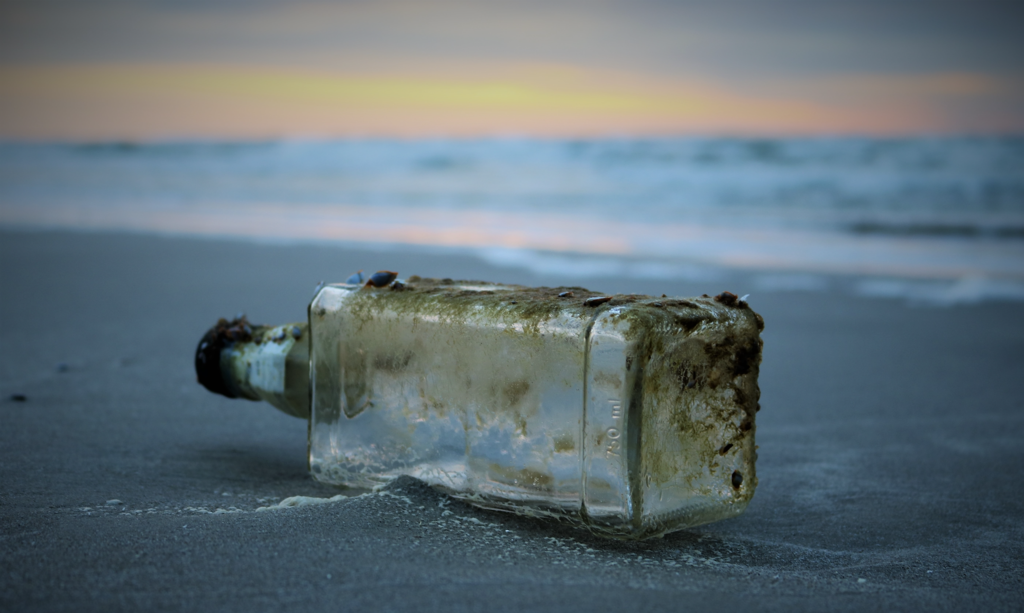How much waste is too much?
When we dispose of our waste, it’s easy to forget about and believe that it’s no longer our concern. But the reality is, when we throw anything away it ends up somewhere. So, where is somewhere? Usually landfill or recycling depo’s but not all rubbish is properly disposed off, a lot of it ends up in rivers and streams and in our oceans.
So, how bad is it?
Approximately 1.3 billion tonnes of waste is produced globally each year, this number is expected to increase to 2.2 billion tonnes per year by 2025.
Of this waste, over 300 million tons per year is plastic (half of which is for single use), with projections that this number will double by 2036.
8 to 12 million tons of plastics enter our ocean every year on top of the estimated 165 million tons already in our marine environment, according to the Ocean Conservancy.
Research from the World Bank Group shows our level of waste is influenced by economic development, industrialisation, public habits and local climate. There is a direct correlation between high waste levels and urbanisation, disposable income and higher living standards due to the increase in consumer consumption of goods and services.
America produces more waste than any other nation, home to only 4% of the population it produces more than 30% of total waste, recycles only 32.5% and contributes approximately 242 million pounds of plastic waste to the ocean every year.
China produces over 300 million tonnes a year. Through developing Asia, just 8 countries in the region are responsible for approximately 63% of the total waste flowing into our ocean. Some of the most polluted rivers in the world are in China and India. It is estimated that 88 to 95% of plastic pollution in the oceans come from just 10 rivers, eight of them in Asia and two in Africa.
It is estimated that over 290 million tonnes of waste is produced in the United Kingdom each year, recycling approximate 44.9% and responsible for an estimated 12.7 million tonnes of plastic ending up in the sea.
In the European Union, the average amount of waste generated per person in a year is more than 475kg, with an average of 40% recycled. Europe is the second biggest producer of plastic in the world with over ½ a million tonnes of plastic entering the sea every year.
Australia generates approximately 64 million tonnes of waste per year, recycles 50-60% and is responsible for up to 130,000 tonnes finding its way into the ocean.
The Planet’s rising trash crisis is forecast by the World Bank to grow by 70 percent in the next 30 years, with an astounding growth of plastic production (only 40 percent disposable) outpacing almost all other manufactured materials and further compounded by the inability of developing nations to deal with adequate disposal of their own waste.
Waste that ends up in landfills can take up to 500 years to decompose whilst potentially leaking pollutants into the soil and water and with the continual dumping of plastic pollution in our ocean not only is it turning up in our food chain, it’s estimated that by the year 2050 there will be more plastic than fish in the ocean.
Is it too late?
The good news is that we still have time, we can all start making small changes that collectively will make a difference for the future health of our Planet.
The best way to cut waste is to cut consumption, be more conscious consumers and make more sustainable choices. We need designers and manufacturers to address the full lifecycle of a product by supporting a circular economy, minimising waste and maximising regenerative resources. And we need governments to embrace the need for change, ensuring there are increased recycling efforts and necessary resources to manage waste more effectively.
We can't continue to bury our heads in the ground hoping the problem with go away on it's own. Ignorance is no longer bliss.
Photos by Scott Van Hoy, Tanner Larson, Dustan Woodhouse Unsplash



